Head-To-Head: Microsoft Surface Pro Vs. Surface Laptop
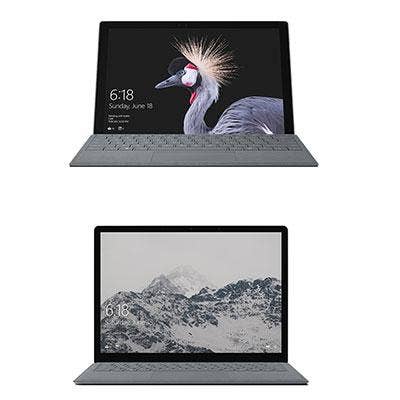
Surface Showdown
So far, 2017 is shaping up to be a big year for Microsoft's Surface lineup. Microsoft unveiled not just one, but two Surface products during the month of May, starting with the brand new Surface Laptop in early May and followed a few weeks later by a refreshed Surface Pro tablet. Both devices are now available in the U.S. It could be good timing, given the sluggish performance of Microsoft's Surface line in the first months of the year; Microsoft reported that total Surface revenue plunged 26 percent during the company's quarter that ended March 31, from a year earlier.
For those deciding between the latest Surface tablet and laptop, which is a better fit? In the following slides, the CRN Test Center looks at how Microsoft's new Surface Pro compares vs. the Surface Laptop on specs and price.
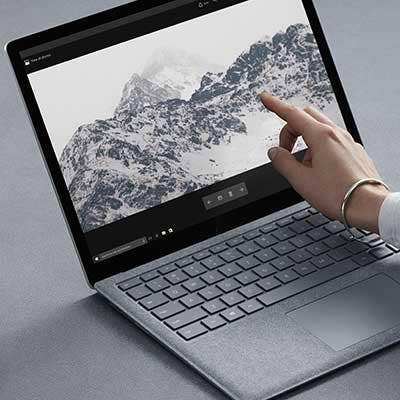
First Things First
In the minds of Microsoft executives, the Surface Laptop and Surface Pro have different demographics – the Surface Laptop is targeted at college students, while the Surface Pro is aimed at professionals in the workforce. There are plenty of reasons why both might be appropriate for wider audiences, though, as we'll see in the following slides.
It's also worth mentioning upfront that the Surface Pro comes with Windows 10 Pro as its operating system, while the Surface Laptop features Windows 10 S, the newly introduced version of Windows that's focused on education users. Windows 10 S can only run apps that are downloaded from the Windows Store, but Surface Laptop owners do have the option of upgrading to Windows 10 Pro.
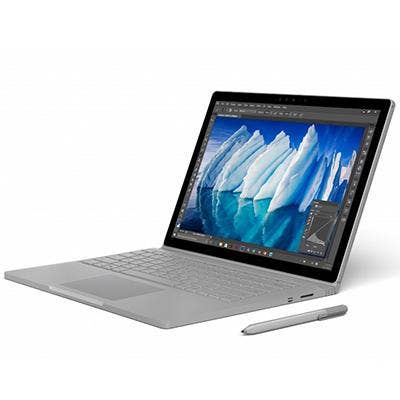
Display
The Surface Laptop has the larger display size between the two devices, at 13.5 inches, versus 12.3 inches for the Surface Pro display. The Surface Laptop also features a touch screen display, which of course the Surface Pro tablet has as well.
Not surprisingly, both devices use Microsoft's colorful and bright PixelSense LCD technology for the display. The Surface Pro, however, has more pixels to offer with a resolution of 2,736 x 1,824. The Surface Laptop features a 2,256 x 1,504 resolution.
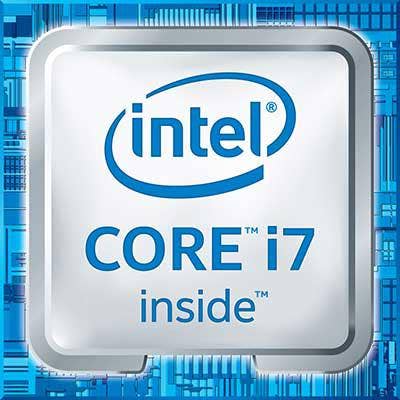
Processor
The new Surface Pro moves up to the seventh generation of Intel processors (Kaby Lake), which the recently introduced Surface Laptop also uses. Both devices get the speediest Kaby Lake processors (the U-series) and have options for Core i5 or i7. In both cases, in fact, the fastest processor configuration offered by Microsoft is the Core i7-7660U, with a clock speed of up to 4GHz. The Surface Pro also offers an entry-level processor option with the Core m3.
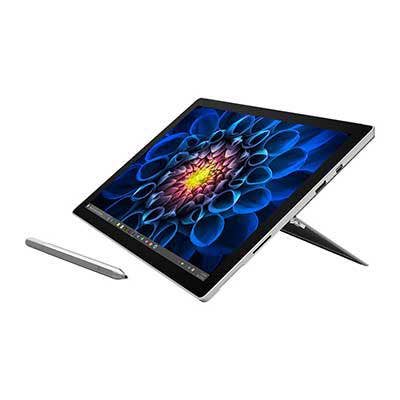
Thickness & Weight
One of the biggest selling points for 2-in-1s such as the Surface Pro is the portability; they're thin and lightweight. It's notable that the Surface Laptop manages to be just about as thin as the Surface Pro – 0.57 of an inch thick, compared to 0.53 of an inch thick for the Surface Pro tablet with Type Cover.
The Surface Laptop comes in somewhat heavier, however, at 2.76 pounds versus a weight of 2.38 pounds for the Surface Pro with Type Cover.
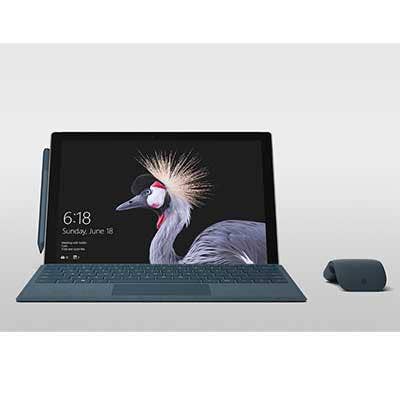
Battery Life
Microsoft has apparently been putting a lot of effort into boosting the battery life of its Surface devices, judging by the battery life estimates for the two devices in this comparison. The company promises 14.5 hours of usage on a charge for the Surface Laptop, and 13.5 hours for the new Surface Pro. Both are impressive figures given the thin-and-light form factors of the devices -- though the CRN Test Center hasn't had the chance to see what sort of battery life is delivered in a real-world tryout.
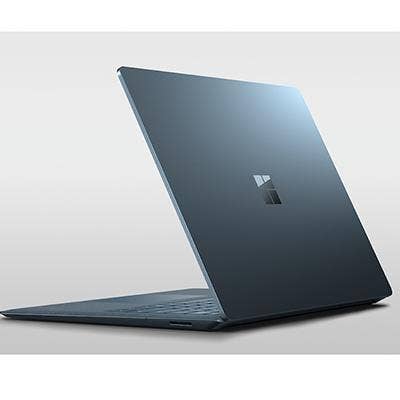
Memory & Storage
There's little difference between the RAM and storage options for the Surface Laptop and new Surface Pro. And both have options aplenty. For RAM, the devices each have choices between 4GB, 8GB and 16GB. For storage, the Surface Laptop offers configurations of 128GB, 256GB or 512GB. The Surface Pro has those three options and adds a fourth option for 1TB of storage. Some configurations require a certain processor or RAM choice – for instance, getting 512GB of storage requires both the Core i7 processor and 16GB of RAM.
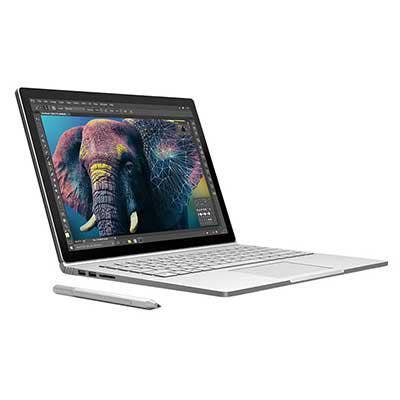
Ports, Pens & Keyboard
Across its Surface line, Microsoft has been sticking to its approach of forgoing USB-C/Thunderbolt 3. Instead, there's one USB-A port included on both the Surface Pro and Surface Laptop. Both devices also have a Mini DisplayPort and two Surface Connect ports (for power and docking), while the Surface Pro alone offers microSD.
Regarding digital pen usage, both the Surface Pro and Surface Laptop are optimized to work with the Surface Pen, which is sold separately for $60. And both the keyboard on the Surface Laptop and the Type Cover for the Surface Pro feature Alcantara fabric around the keys (the Type Cover is sold separately as well).

Price
Microsoft isn't drawing a price distinction between the new Surface Pro tablet and the Surface Laptop; the pricing is identical across configurations. However, users that want the Type Cover for the Surface Pro – and most probably will – you'll need to factor in another $160 on top of the price of the tablet. So the Surface Laptop may be the better choice for price-conscious buyers.
For the Surface Pro (tablet only) and Surface Laptop, the pricing is as follows:
- $999 for Core i5, 4GB RAM, 128GB storage
- $1,299 for Core i5, 8GB RAM, 256GB storage
- $1,599 for Core i7, 8GB RAM, 256GB storage
- $2,199 for Core i7, 16GB RAM, 512GB storage
The Surface Pro tablet has two additional configurations at the top and bottom ends, as well: $799 for Core m3 (with 4GB RAM and 128GB storage), and $2,699 for 1TB of storage (with Core i7 and 16GB of RAM).